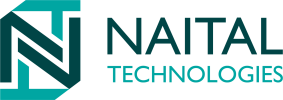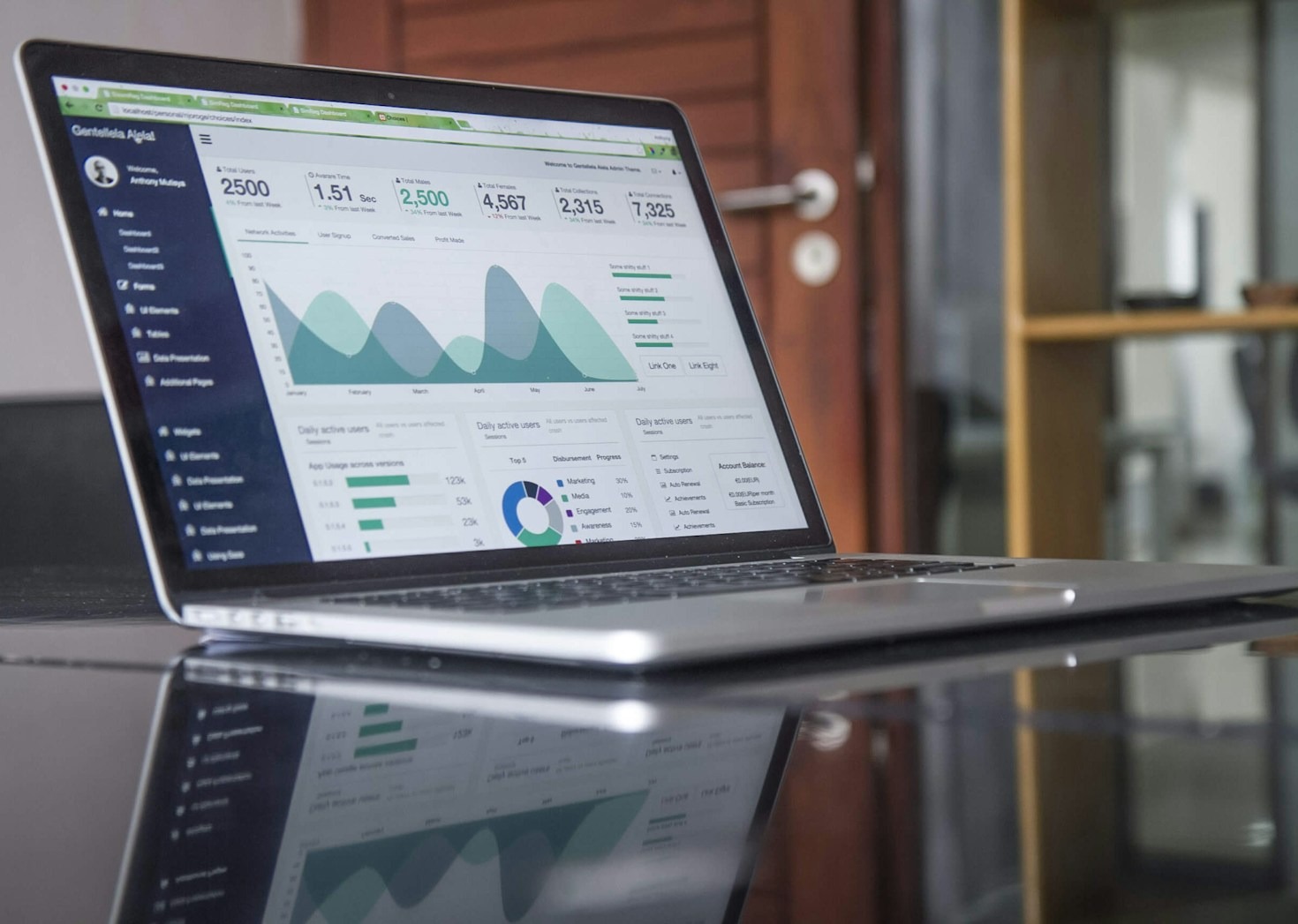In an era where organizations are inundated with data, making sense of that data quickly and accurately is a critical competitive advantage. Visualization tools—like Power BI, Tableau, Google Data Studio, and open-source platforms such as Apache Superset and Metabase—translate complex data into digestible formats, allowing decision-makers to act with clarity and speed. These tools are no longer a luxury for tech-driven enterprises; they’re a necessity across sectors, from healthcare and finance to logistics and public service delivery.
From Data Overload to Actionable Insight
According to a 2023 report by IDC, global data creation is expected to reach 180 zettabytes by 2025. Yet, less than 30% of this data is actually analyzed and used. The gap lies in how the data is presented. Visualization tools bridge this gap by turning raw figures into intuitive dashboards, graphs, and maps that help stakeholders see patterns, detect anomalies, and compare scenarios in real time.
For example, a logistics manager can monitor delivery performance across regions using geospatial heatmaps, while a health official can track vaccine coverage and identify zero-dose clusters using interactive dashboards. These visualizations replace spreadsheet paralysis with informed decisions.
The Technology Behind It
Today’s visualization tools leverage cloud platforms (like AWS and Azure), real-time data streaming (Kafka, Kinesis), and modern front-end frameworks (React, D3.js) to provide dynamic and responsive interfaces. Most tools also support integrations with SQL databases, APIs, and machine learning models, enabling predictive analytics and scenario modeling directly within dashboards.
Some advanced platforms, like Power BI and Tableau, now embed natural language queries and AI-generated insights, allowing even non-technical users to explore data with simple questions like “What were the top-performing products last quarter?”
Visualization = Velocity + Accuracy
In a McKinsey survey, companies that leverage data visualization in their decision-making process are 23 times more likely to acquire customers and 19 times more likely to be profitable. Visual tools reduce cognitive load and bias, enabling teams to focus on trends and implications instead of data cleaning and interpretation.
Bottom line: In the data-driven economy, visualization is not just about making reports look good — it’s about enabling faster, smarter, and more confident decisions. As data grows in volume and complexity, organizations that invest in the right visualization tools will be the ones steering ahead, not catching up.
Want to make your data work harder for you? Let’s talk visualization.


Leave a Reply